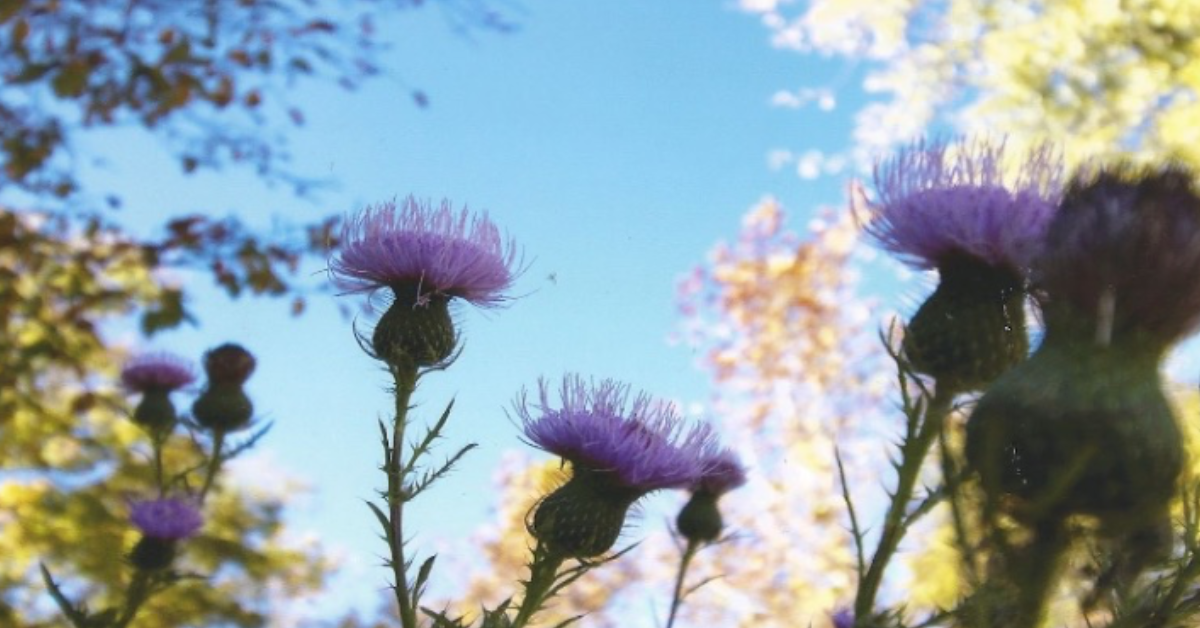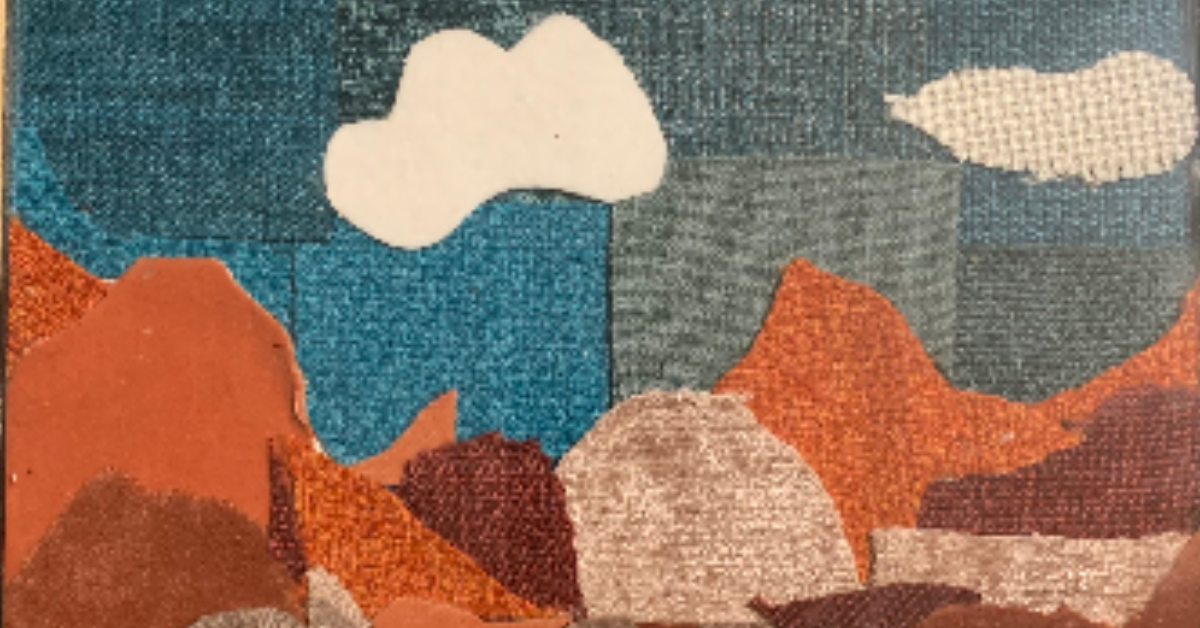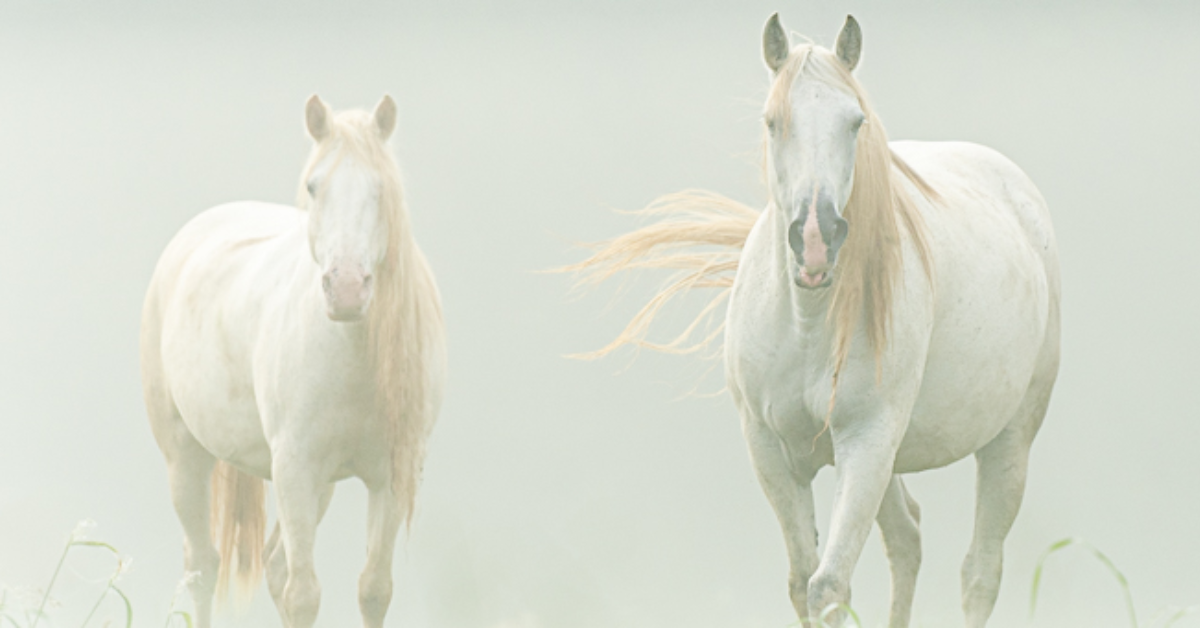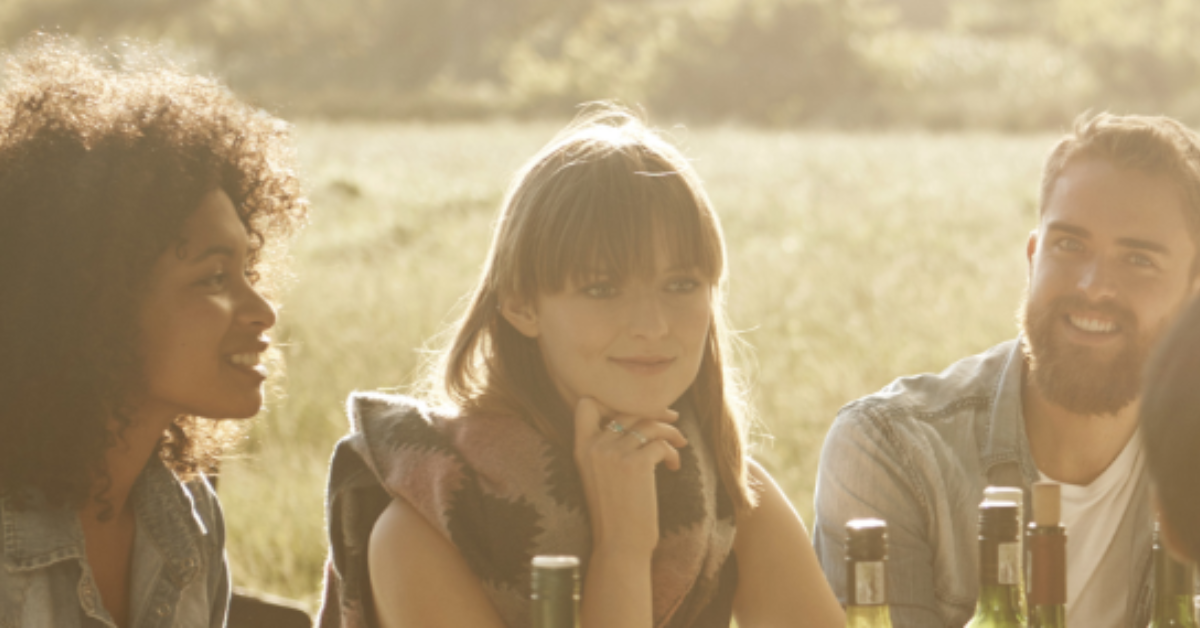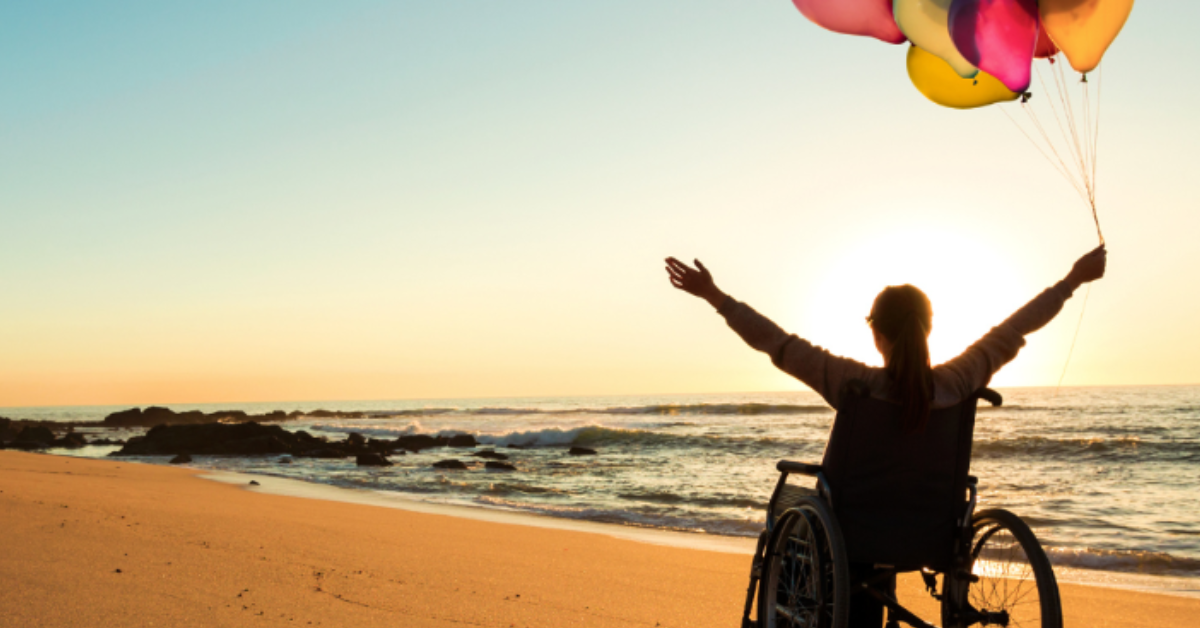I had the best fourth grade teacher. Mrs. Weber wore her hair short, and rumor had it she grew armpit hair. But she seemed to let the comments roll off. As I was increasingly worried about social convention, Mrs. Weber showed me another way. She was clearly more interested in newts and finding out what an animal ate by inspecting its scat. We didn’t talk about climate change then, but her lessons guide me as I face it now.
Each month, she brought us by bus to Jay Cooke State Park, fifteen minutes upriver from our school on the far west side of Duluth, Minnesota. All the other classes stayed in their square rooms.
We tromped through trails that wound their way into boreal forest, half a mile before we found the place where we all went our separate ways. There, we each had our own study plot: a ten-by-ten-foot section of land we chose with our partners.
My friend Katie and I studied that plot together for the entire year. Each time we arrived, we stood still to observe, taking in the single white pine that marked the corner, and everything that lived beneath it. We drew what we saw in sketch books: deer scat, the imprint of a deer bed, bite marks on a tree, a broken branch. We pieced together the information and hypothesized what might have happened in that spot in the month past.
Next time we came we drew it again, marking changes: the temperature, the depth of newly fallen snow, any animal tracks (to have wolf prints on your plot would be the luck.) Back then, the changes we marked were seasonal, cyclical–movements that have been happening for a very long time. They were changes that our bodies could make sense of, metabolize.
One winter day, we left our study plots and crossed a long swinging ladder bridge over the St. Louis River, rapids turned to crystalline ice forms on jagged rocks jutting up against pale blue sky. We stood together in an open field, close enough to hear the rush of the river under ice. Mrs. Weber instructed us to stand completely still in the crunchy snow, inhale and exhale as slowly as we could, and raise our arms gently to the sky like tree branches. There we waited in silence.
Ten, twenty, thirty seconds, our breath making billows of fog in the cold air. Fourth graders, for a moment, becoming part of the forest.
She called out once: “chickadee-dee-dee,” and we waited again, listening. We heard the birds’ response: “chickadee-dee-dee-dee,” and one, and then two small gray and white birds with black caps landed on outstretched arms. We held our breath in this magic outside of time until someone could no longer contain their excitement and the birds flew away.
I think about Mrs. Weber sometimes, when I notice animal tracks, or a piece of fur stuck to a low-hanging branch. Or when I sit beside Lake Superior, witnessing the ever-changing conditions—autumn days deep gray and moody, winter wind-swept ice sheets, spring-time sparkling sapphire. In the summer I sit on large gray basalt rock, partially submerged in the water. I notice how long I can sit like this, in the absence of biting cold. When I was a child this water was too freezing to swim, on all but a rare day.
My feet brush against the rock, slippery with algae. Bubbles emerge from underwater, an abnormal sight. Around me, people are swimming, laughing and playing. It was six years ago now that the algae started to appear each summer. Lake Superior had always been too cold for algae. Signs of climate change warming these waters.

I am learning to observe on a bigger scale: like the 10×10 study plot expanded over time and space, I see Northern Minnesota changing over decades. Last summer, boreal forests burned for months. Smoke covered the sky. The algae has become commonplace. Many of us have forgotten that the Estuary used to be home to abundant wild rice. The Earth is giving us a direct message: our human actions are out of balance with the rest of life.
These changes are too fast for my body to assimilate. But Mrs. Weber taught me to observe, to listen, to stay in relationship over time. To step outside of social norms long enough to enter the more-than-human world. She taught me to be quiet enough to become part of the waves, or the forest.
When I listen so deeply to the chick-a-dee-dee-dee sound, that my awareness is with the bird, I become part of the forest. I listen so fully that I can sense the call on the back of my heart, and I remember I am from this place; I am not outside it or other than it. The chickadee and the white pine become precious – precious like my own heartbeat, and I recognize their place within the web of life as sacred.
And when I feel a part of something, this sense of belonging evokes an inherent pull toward care. The desire to protect is obvious.
It’s this intimacy that has drawn me to learn about my watershed, my bioregion, and the threats they face. This discovery has led me to connect with others who care, and to volunteer on legal efforts to prevent these harms. There I’ve come up against the socially agreed upon western view, that sees nature as an object, a “resource” to use. We are told this is just the way it is.
Mrs. Weber showed me to let unhelpful views roll off. Outside of this outdated social norm are flourishing movements that begin with the premise that we are a part of nature. There are models and cultural lineages that re-orient us toward reciprocity with the Earth. We can learn to see and feel the aliveness and patterns of nature, and hear and respond to these wake-up calls. And when we listen, nature guides us–to the people and initiatives and next-steps that honor this interconnectedness.
Try it yourself: This practice is equally helpful for adults as it is to do with children. Choose a place in nature to observe. It doesn’t need to be a huge park; it could be a tree in the boulevard or a potted plant. Come back to this same spot once a week. Begin by spending a few moments in silence, becoming aware of what you see, hear, smell, and feel. Jot down your observations. Notice if anything has changed: temperature, soil conditions (dry, wet, etc.), any new signs of animals or bugs or human activity? Over time, notice if this practice changes your relationship with this place.
Next Steps: Learn about environmental approaches that are grounded in connection with nature. For example, Rights of Nature is a legal movement based in the perspective that ecosystems have their own inherent right to exist, thrive, flourish, and regenerate. This approach seeks to integrate interconnectedness into western law. Explore the Center for Environmental Rights (CEDR) and theCommunity Environmental Legal Defense Fund (CELDF), two legal organizations that are working around the world to put these laws into practice. Find out if there is a rights of nature initiative in your area, or consider starting one.


